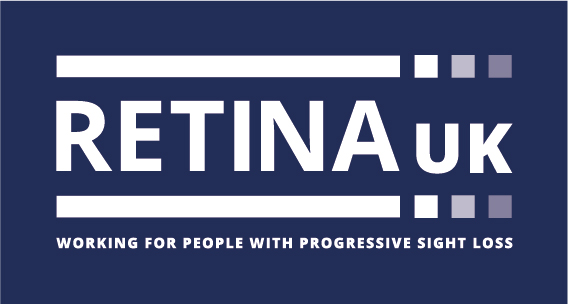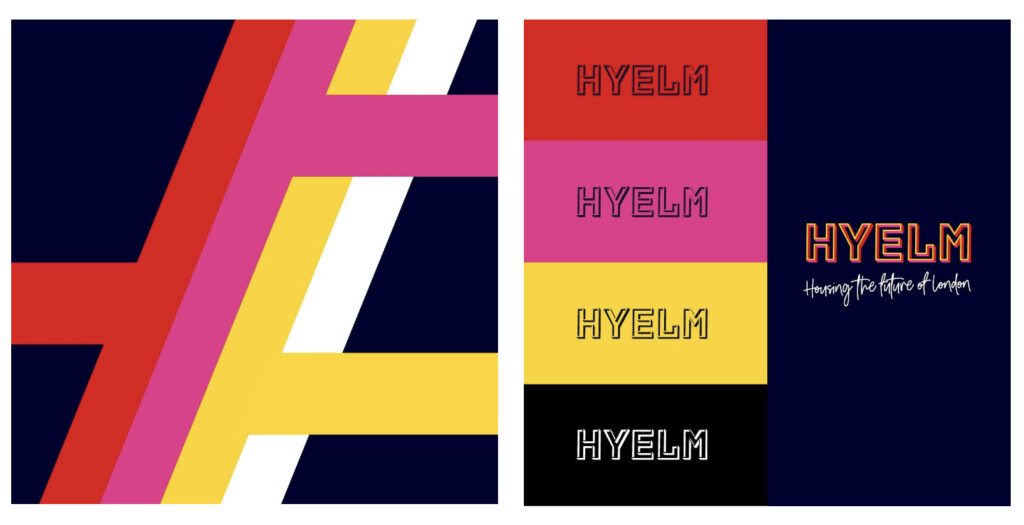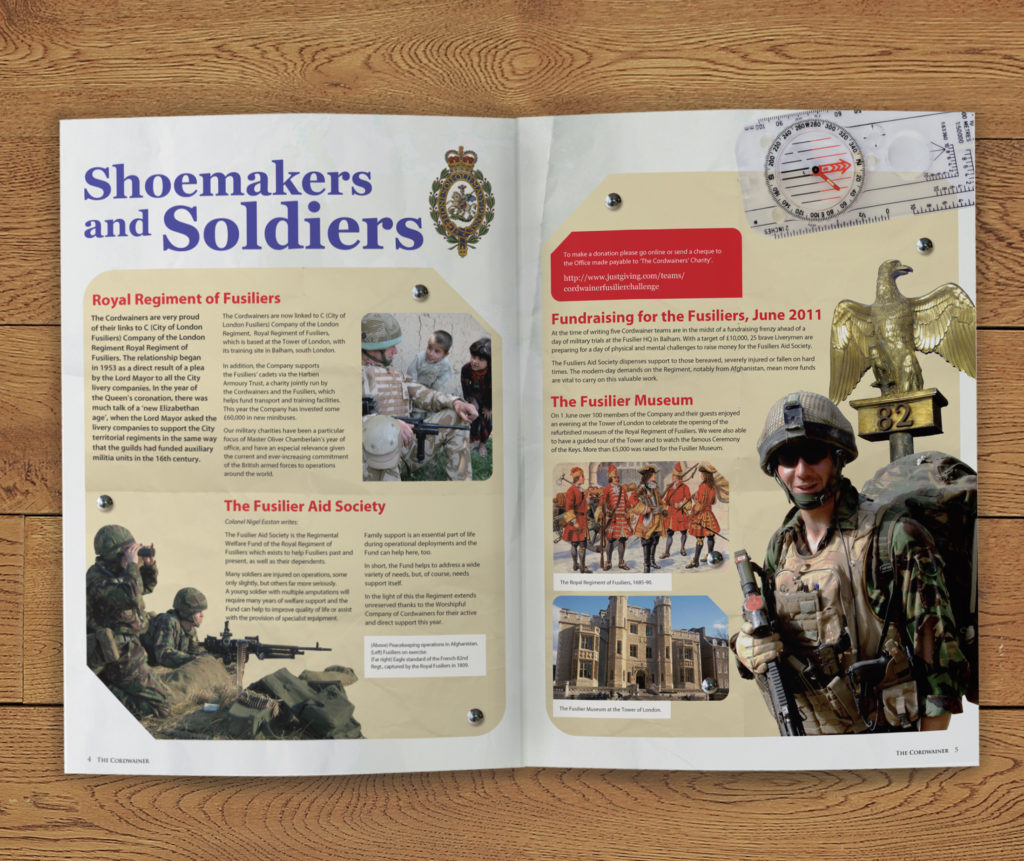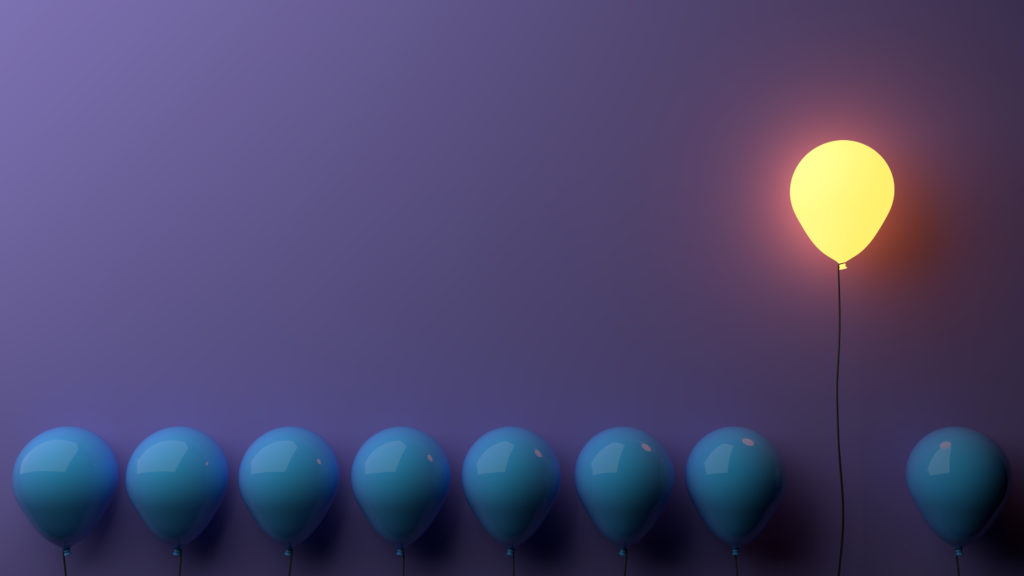

THE CREATIVE KEY: HOW TO UNLOCK YOUR BUSINESS' POTENTIAL
Reading Time“There is no doubt that creativity is the most important human resource of all. Without creativity, there would be no progress, and we would be forever repeating the same patterns. – Edward de Bono
De Bono’s got a good point (trust him, he’s a psychologist). You may not think that your business needs a creative touch, but perhaps you just haven’t been shown all the options yet. Creativity doesn’t have to be brightly coloured paint splodges; it can be intricately designed solutions that help you manage your business’ tricky bits, or taking what exists in your brain and translating it in a way that your customers can understand.
Here are some ways that creativity can help you launch or restart your business, showing that it really is for one and all.
LOGO
“If something is fun, or messy, or beautiful, you remember it.” – Mary Lea Harris
Businesses can take months, sometimes years, to come up with the perfect name. Whether it’s a witty pun or an exact description of your practice, you want it to be memorable, easy to read and say, and sum up exactly what your businesses does in just a few words. But you know what paints a thousand words, don’t you? Yes! A fabulous logo!
Sure, you can pick a font and type out your business name, but anyone can do that. A well-crafted logo puts your business above the rest and helps you stand out from the crowd; if you’re a business that takes part in conferences or exhibitions with competitors, this will be essential. In a world where your potential clients are bombarded with marketing every time they pick up their phone, your business needs to make a big impression. What will make them stop the scroll?
You might be tempted to throw a fiver in the direction of a website that promises a quick fix logo. In our experience, these cause more hassle in the long run. Logo design should be a well-considered process, tailor made to the business’ needs. If you settle for something cheap and cheerful, those needs won’t be met and you’ll have to start all over again before too long – we’ve seen it too many times where a logo isn’t readable at smaller sizes, or isn’t in the correct format to be printed or embroidered. Don’t let that be you.
Maybe you already have a logo but it no longer feels like “you”. It may not represent your USP or work in all the various ways you need it to. Businesses evolve and sometimes, that requires your logo to adapt too.
Whether you’re starting from scratch or refreshing your look, B1 would be happy to look at your logo. Here’s the logo we designed for Retina UK.


COLOURS
“Branding is the art of becoming knowable, likeable and trustable.” – John Jantsch
Branding isn’t about sticking a logo on something and calling it a day. Branding speaks to your audience without saying anything at all. Being conscious about something as simple-sounding as brand colours can make a world of difference. Einstein said that “creativity is intelligence having fun” and having consistent branding is the smartest move your business can make.
Consulting colour theory when constructing your branding is essential, and will open up a whole new way to see and understand your business. Colours have pre-existing connotations for your audience, which can both help or hinder you depending on how you use them. But once you pick the right colours, they’ll do wonders. A Cadbury’s purple, a Tiffany blue, a Barbie pink – done the right way, your colours can speak for you even when you’re not around.
Many brands fall down the same rabbit hole… have you ever noticed how many tech companies used blue, and eco companies use green? Of course these decisions make sense, but are they considered or just the easiest option?
The world has become increasingly smaller as technology and connectivity develops, meaning that your business can access an audience on the other side of the world in just a click. If you are working with other cultures, the colours you use can have very different meanings; Where red is a sign of good fortune in China, in the Middle East it can denote evil. Purple has regal connotations around the globe but in Latin America, it’s associated with death and mourning.
Show your customers that you know your cyan from your cerulean, and if you need help with your brand colours, we’ve got you covered: take a look at the branding we put together for Hyelm.

CONTENT DESIGN
“Good design is obvious. Great design is transparent.” – Joe Sparano
Everything is designed. Even “not having a design” is a design choice (we just don’t believe it’s a very good one!). You may not realise it, but this blog post, this website, the browser, the device you’re reading this on, have all had a lot of planning and creativity go into making their design and functionality seem effortless.
Your business is likely to have content, from newsletters, service lists, menus or even a business card. Whatever it is, your brand has a voice and it’s important that that voice is heard. Whether it stays online or appears on a printed page, the information you put out there needs to be read; every person is a potential client or customer, after all. The question is, how do you make them want to read it?
Initially you’ll want to grab their attention, then you’re gonna wanna keep it. It’s important to understand how people engage, and this will influence decisions you make about your content, for example, you may have large chunks of information and find your users learn better through visual techniques such as illustrations, infographics or animations.
How should you lay out your T&Cs? How many pages should your booklet be? What font size should you use for printed material, and does it differ for digital? We can help you answer these questions and many more. Here are the issues we’ve designed for the Cordwainer Magazine.


VISUAL MERCHANDISE
“Every interaction, in any form, is branding.” – Seth Godin
A store with products, an office with meeting rooms – whatever your business is, if you have four walls, you’ll want to make visual merchandising your friend. Think of it as the mascara in the make up bag that is good design; you’ve got the goods, you just have to work out how to highlight them best.
When putting together your space, make sure to focus on the journey of your customer and remember this starts before they even step through the door. First off, do you have appropriate signage and wayfinding solutions? Once inside, what atmosphere is created, both initially and long-lasting? Consider all of the senses, and what elements make an appealing experience, from the lighting you choose to the music you play.
It’s time to tell your story. Nobody likes a hard sell, so think of more subtle ways to get your point across. You know what we say – it’s good to talk. Create some talking points within your space that allow you to find common ground with those visiting. Everyone has a phone in hand, waiting for a chance to snap and share their experiences. What interactive moments can you build into their journey?
The aim is to people something to take away with them, whether it’s a branded pencil or the memory of a great afternoon’s chat. After practicing walking through your own space, get someone new to do the same – we’re always on hand to be that set of fresh eyes. Have a look at the exhibition stand we designed for UniCough:
INNOVATION
“Innovation is the ability to see change as an opportunity, not a threat.” – Steve Jobs
Creativity is not just visual. Creative thinking can help you look at things differently and create solutions that put you ahead of your competition.
Those who don’t innovate are doomed to die. Ok, maybe that is a bit dramatic but it is important to not rest on your laurels and constantly check the pulse of your market and make sure your business is adapting when you need to and ahead of your competitors. Just because something has always been done a certain way doesn’t mean that it is the best way. Business owners can get stuck in the minutiae of running a company, so it is important to find a creative partner who can help you sit down and focus on innovation. With many of our clients we have standing meetings, monthly or quarterly, where we discuss what is working, what isn’t and what opportunities there are for innovation.
Innovation can seem a scary word but it is sometimes very simple things that make a difference. We have increased bookings for clients by removing a single step, or increased footfall by changing the approach to window displays.

RESOURCES
“Strategy is about stretching limited resources to fit ambitious aspirations.” – CK Prahalad
Utilise all your resources. This could be expertise, people power, space or pretty much anything that falls into your business. At b1 we noticed that as more of our staff WFH, we had more space. This has enabled us to provide space to small businesses and creatives for workshops and events. It helps our bottom line a little but more so it expands our relationship in our community.
In other scenarios you may have extra manpower during off peak times. If your business is very seasonal do you go into hibernation or do you adapt to be a year round brand? If that isn’t possible can you partner or diversify so you are not shuttering the doors 6 months out of the year? A great example I have seen of this is a local shop that sells flip-flops in the summer and quirky socks in the colder months.
LIVE THE BRAND
“Your brand is what other people say about you when you’re not in the room.”
If you have done a cursory Google search about branding, you have probably read this quote, which rings true but in our eyes doesn’t go far enough. For us, effective branding is when the “other people” are actually part of the brand.
This is achieved through authenticity and effective communication. If your customers feel part of your story and are invested in your product they can become one of your best marketing assets. A good review or an unsolicited post speaks louder than a hundred “look at us” messages. The easiest way to get people to be advocates of your brand is to first know who you are, and second be true to that in every instance.

RUBBER DUCKING
“Keep calm and tell your rubber duck.”
Anyone who has been to our studio knows we love a good rubber duck, but what is “rubber ducking”? Originally it is a debugging method used to solve problems when developing, the theory being if you explained each line of code to a little rubber duck who has nothing but air and a squeaker in them, then you will find your issue. While we would be happy to lend you one of our rubber ducks we believe it is good to talk so have built on this principle.
It’s okay to not know where to start. Your business is your business, let us take care of the rest. Get in touch with the B1 team now for a creative helping hand. We can sit, listen and ask thought-provoking questions. Our aim is that by the time we finish, you’ve found your answers yourself. By explaining what you do and why you do it to an outsider, sometimes things just become clear. We like to think our creativity is a super power, but we also believe everyone has a spark of creativity in them.